Soft Shell Crabs 101: How to Buy, Clean, and Cook
Soft shell crabs are a delightful seasonal treat, loved for their unique melt-in-your-mouth texture and sweet flavor. Unlike their hard-shelled relatives, soft-shell crabs can be enjoyed whole, making it a fun and easy way to savor fresh seafood.
Their soft shells result from a natural molting process, allowing them to be eaten without fuss. These crabs shine from late spring to early fall, at their peak molting season, and they offer incredible flavor and tenderness.
Cooking soft-shell crabs is surprisingly simple! With just a few easy techniques, you can highlight their delightful qualities. Standard methods, such as sautéing, grilling, or frying, enhance their rich flavor and add a wonderful crispiness.
A quick rinse and a bit of trimming are all the prep needed before you start cooking. For the best experience, pair them with light, bright flavors that bring out their natural sweetness, like fresh herbs, lemon, or a hint of garlic.
In this post, I’ll be right there with you, covering everything you need to know about choosing, cleaning, and preparing soft-shell crabs so you can fully enjoy this seasonal gem at home.
Soft Shell Crabs Recipe
Ingredients
- 1 egg whisked until smooth
- ½ cup flour
- salt & pepper to taste
- seasoning Old Bay, Fisherman's Wharf or your favorite
- 4 tablespoons butter
- 4 soft shell crabs cleaned
- 1 lemon cut up into wedges
Instructions
- Combine the flour with the salt and pepper and favorite seasoning in a bowl or storage container.
- Whisk or mix the egg with a fork to combine the white and yolk.
- One at time, coat the crab in the egg, dredge the crabs in the seasoned flour, shake off excess flour and start frying. You want to try and time it so the crabs right from the flour into the frying pan. If you let them sit around, the flour will clump.
- Heat a frying pan, large enough to hold all 4 crabs, over medium heat until hot. If you don't have a large enough pan, cook in batches.
- When the pan is hot, add the butter. When the butter is hot, add the crabs to the pan bottoms up. Depending on the size of the crabs, pan fry them for 2 - 3 minutes then turn over and fry the other side for 2 - 3 minutes until golden brown.
- Remove from pan, plate and squeeze a little fresh lemon juice on top. You can use the remaining lemon wedges to serve with the crabs.
Notes
Seasonality & Availability in USA
| Region | Peak Season | Availability (months) |
| Mid-Atlantic (USA) | May–June | April–September |
| Gulf Coast | April–May | March–August |
| Pacific Northwest | June–July | May–August |
Soft shell crabs are a special treat when they are in season, and that comes in late Spring down the East Coast and the Gulf of Mexico. This is the time when blue-claw crabs wake up from their hibernation under the ocean floor and shed (molt) their hard shells so they can grow up and become bigger blue-claw crabs.
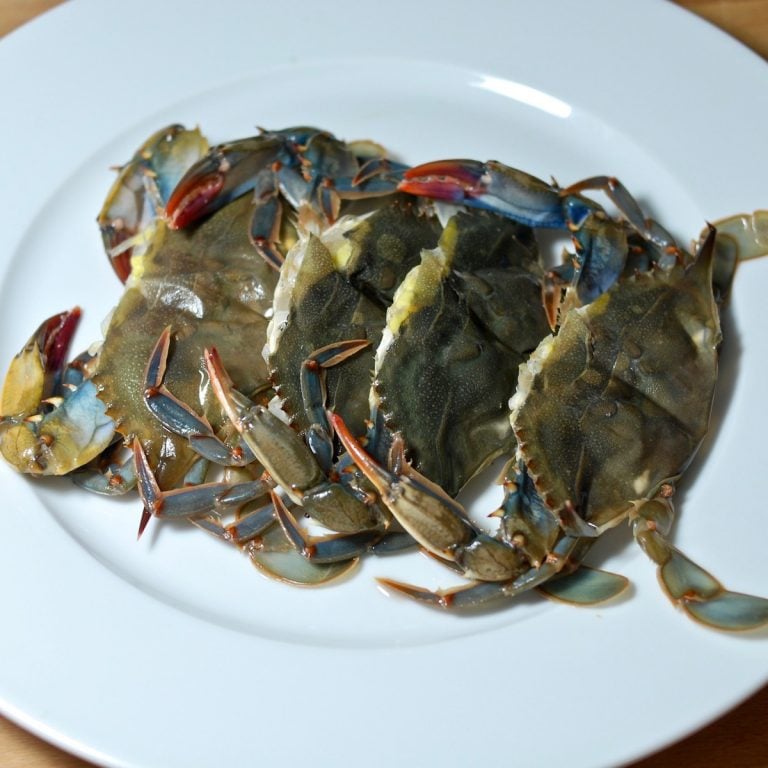
Buying Soft Shell Crabs
Once a blue-claw crab molts its hard shell, the soft, paper-thin underneath shell will harden in just a couple of hours. Therefore, fishermen catch them before they molt and stick them in tanks until they lose their hard shells. Once this happens, they are shipped to fish markets around the country.
If you ask your fishmonger where the crabs are from, he should be able to tell you what state they are coming from. They typically come from down south in the early part of the season and work their way north.
Sizes:
Soft Shell Crabs are sold to the fish markets by size. They are measured across their backs from one point to the other.
Size Name | Width (point to point) | Flavor/Texture | Best For |
| Hotel | 3½ – 4 in (9–10 cm) | Mild flavor, tender, delicate | Appetizers, sliders, tacos |
| Prime | 4½ – 5 in (11–13 cm) | Sweet, balanced texture | Sandwiches, pasta, salads |
| Jumbo | 5 – 5½ in (13–14 cm) | Full flavor, firm bite | Main course plates, po’ boys, grilling |
| Whale | 5½+ in (14+ cm) | Rich flavor, meaty, hearty | Center-of-the-plate, deep-fried, stuffed |
Soft Shell Crab Buyer’s Guide
What to Check | Good Quality (Buy!) | Poor Quality (Avoid) |
| Smell | Fresh, clean, ocean scent | Strong, sour, fishy odor |
| Appearance | Bright, moist, shell intact | Dried out, shriveled, torn or broken shell |
| Shell Softness | Pliable, fully soft when gently pressed | Tough, leathery, partially hard |
| Color | Natural crab color, slight translucence | Grayish, yellowed, dull |
| Storage/Display | Kept cold on ice, not sitting in water | Warm, no ice, sitting in melted water |
| Timing (Ask seller) | Harvested within 1–2 days, properly chilled | No clear answer, unknown storage time |
Molting Back to Hard Shell
After a crab molts, it has only about 2 to 4 hours before its new shell begins to harden significantly, though it can take up to 2 to 3 days to fully harden into a hard shell again.
Fishermen and crabbers must check their tanks frequently — sometimes every hour — because the window for a perfect soft shell crab is very short.
Time After Molting | Market Term | Shell Condition | Quality for Cooking |
| 0–2 hours | Paper Shell | Paper-thin, fully soft, very delicate | Excellent — premium soft shell |
| 2–4 hours | Soft Shell | Pliable, tender | Excellent — standard market ideal |
| 4–12 hours | Leatherback | Slightly toughened, chewy | Fair — may be unpleasant texture |
| 12–24+ hours | Buckram | Partially hardened, leathery | Poor — not recommended for cooking |
| 2–3 days | Hard Shell | Fully hardened exoskeleton | Not used as soft shell |
Then Why Are They Still Soft at the Market When Shipping Can Take Hours, Even Days?
They’re still soft at the market even though shipping takes longer than 4 hours because temperature slows the hardening process.
Here’s what happens:
Right after molting, the crabs are harvested and quickly chilled — usually in cold saltwater tanks or packed in ice.
Cold temperatures slow their metabolism and dramatically slow the new shell’s rate of hardening.
If kept cold (just above freezing), a soft shell crab can remain in ideal soft shell condition for up to 2–3 days for market shipping.
Once removed from cold storage and brought to room temperature, the shell would begin hardening again.
How to Clean & Prep Your Crabs
Don’t Be Afraid To Make Soft Shell Crabs At Home
Many people like soft-shell crabs but only order them when dining out at a restaurant because they don’t want to prepare them at home. If you don’t like the cleaning part, just let your fishmonger do it for you, but if you look at this video, you’ll see it is very easy to do.
Cooking them couldn’t be easier, as you’ll see in my recipe, but in my opinion, “Less Is More.” They are already sweet and briny-tasting, so not much has to be done. A little seasoned flour and a lot of butter—just kidding, you don’t need that much butter.
Cooking Method | Example Dish | Wine Pairing Suggestions |
| Pan-Sautéed | Sautéed Soft Shell Crab with Lemon Butter | Sauvignon Blanc, dry Riesling |
| Deep-Fried | Classic Fried Soft Shell Crab Po’ Boy | Sparkling wine, Prosecco, Pilsner |
| Grilled | Grilled Soft Shell Crab with Herb Oil | Chardonnay, Vermentino |
| Oven-Roasted | Roasted Soft Shell Crab with Garlic & Herbs | Dry Rosé, Pinot Gris |
| Tempura | Japanese-Style Tempura Soft Shell Crab | Sake, Grüner Veltliner |
| Stuffed & Baked | Crab-Stuffed Soft Shells with Breadcrumbs | White Burgundy, aged Chenin Blanc |
| Taco Filling | Soft Shell Crab Tacos with Spicy Slaw | Dry Riesling, Mexican lager |
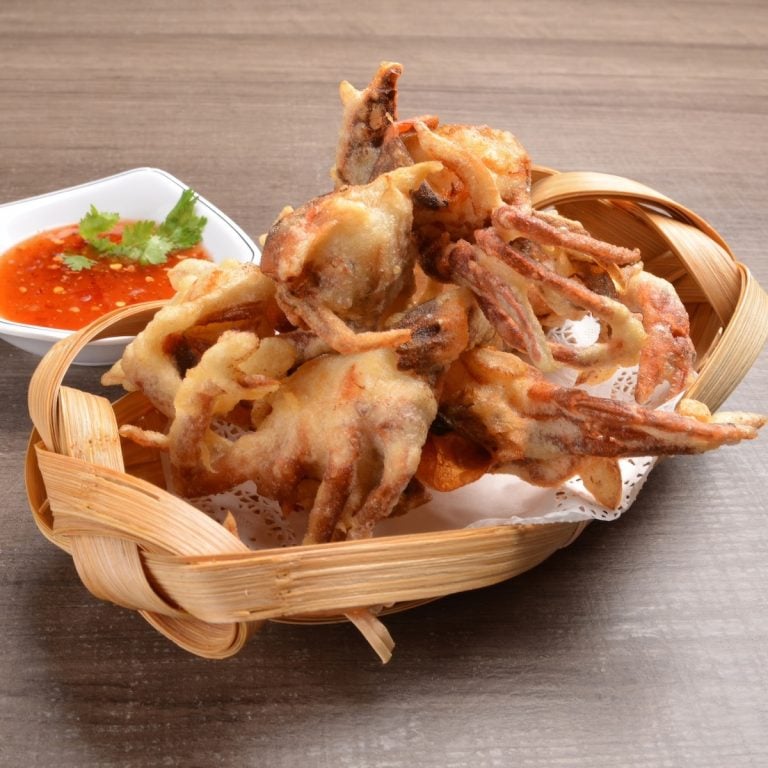
Softies
Soft shell crabs, also known as “softies,” are a culinary delicacy prized for their delicate texture, sweet flavor, and versatility in cooking. Unlike hard-shell crabs, which have fully calcified and rigid shells, soft shell crabs have recently molted, shedding their old exoskeletons and leaving them temporarily soft and pliable.
Soft shell crabs are typically harvested during molting when they are most vulnerable. This brief window of time, usually lasting a few hours to a few days, is when the crabs’ new shells are still soft and have not yet begun to harden. Harvesters carefully inspect the crabs to ensure they are at the ideal stage for consumption.
One of the most popular ways to enjoy soft shell crabs is to sauté or fry them whole without the need to remove the shell. This preserves their natural sweetness and delicate texture, resulting in a crispy exterior and tender interior. Soft shell crabs can also be grilled, broiled, or even roasted, allowing their flavor to shine through in various preparations.
Soft shell crabs are a seasonal delicacy, typically available in late spring and early summer when crabs are molting. They are enjoyed in various cuisines worldwide, including Asian, Cajun, and Southern cuisine, where they are celebrated for their unique texture and flavor.
Soft shell crabs are a beloved seafood delicacy cherished for their fleeting seasonality and exquisite taste whether enjoyed simply fried with a squeeze of lemon or incorporated into more elaborate dishes, soft shell crabs offer a culinary experience that is truly special and memorable.
Is Molting Time When They Mate?
No, molting and mating are separate processes in crabs’ life cycles. Molting refers to the shedding of the crab’s exoskeleton as it grows, allowing it to produce a new, larger shell. This process occurs periodically throughout the crab’s life, typically several times a year for young crabs and less frequently as they mature. Soft-shell crabs are harvested during this molting process while their shells are still soft and pliable.
Mating, on the other hand, is a reproductive process that occurs between male and female crabs. Female crabs release pheromones to attract male crabs, and mating typically occurs after the female has molted and her shell is soft. However, the molting process itself is not directly related to mating.
In some crab species, mating may coincide with the molting period, as female crabs are more receptive to mating when they have recently molted and their shells are soft. However, this is not always the case, and mating can occur at other times. After mating, female crabs carry fertilized eggs until they hatch into larvae, eventually developing into juvenile crabs.
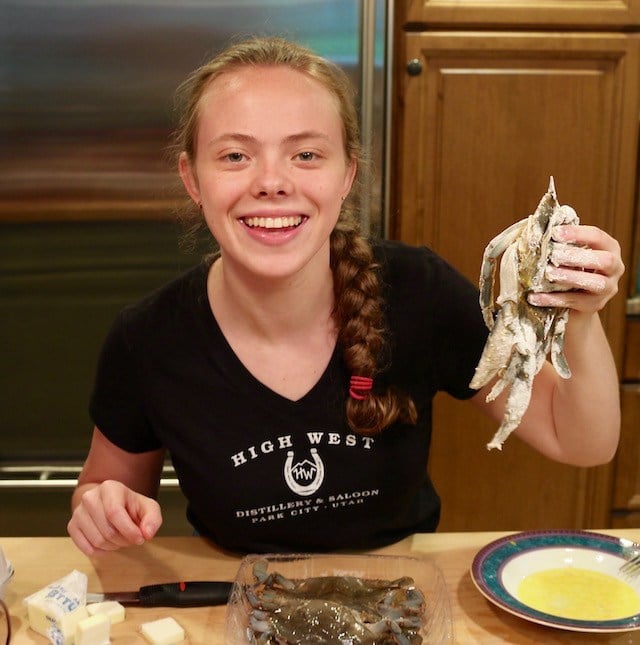
My Daughter Loves Prepping and Eating Them
My youngest daughter, Maddie, loves them and delights in helping me prepare them. She prefers to coat them in the egg, dip them into the flour, and let me do the pan frying. Remember, one hand is dry for the flour, and the other is wet for the egg.
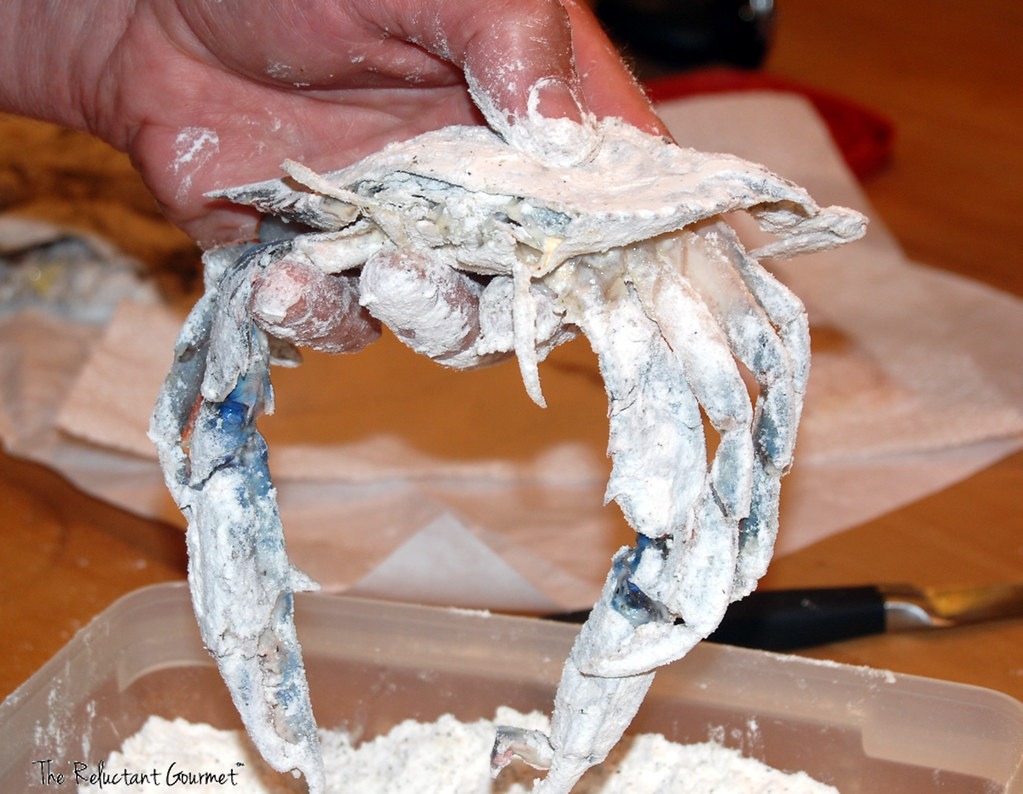

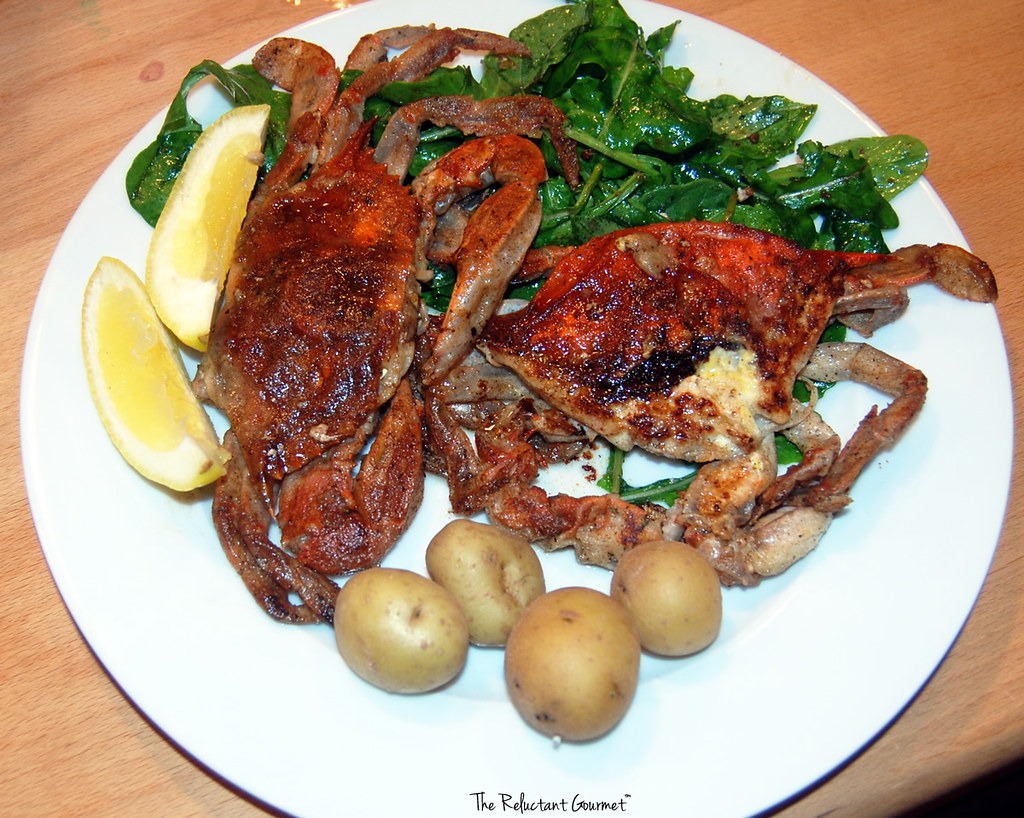

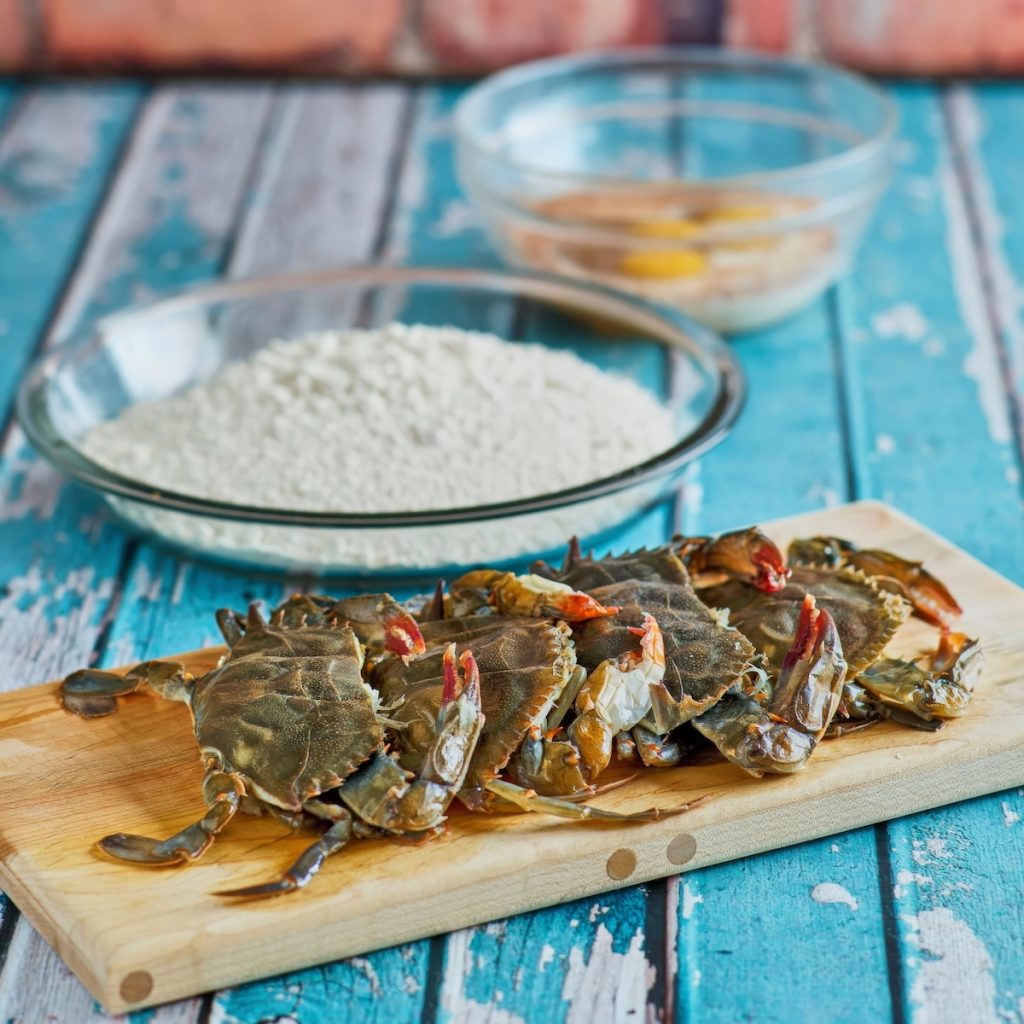
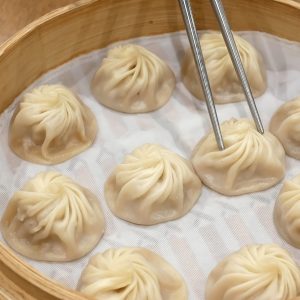
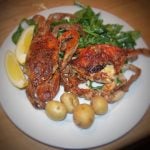
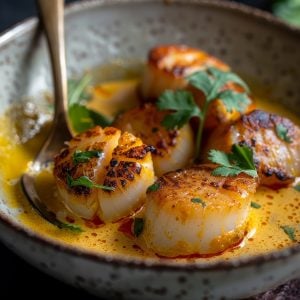
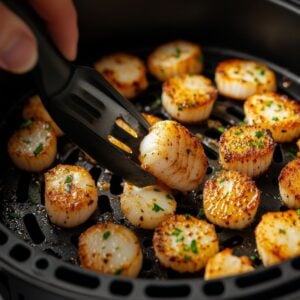
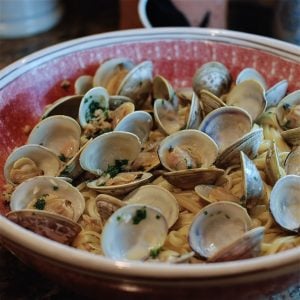
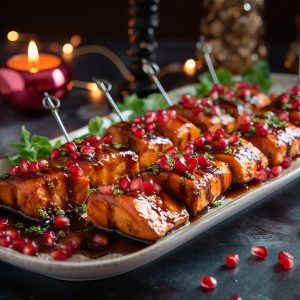

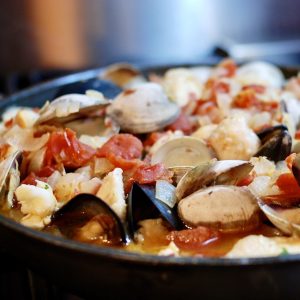

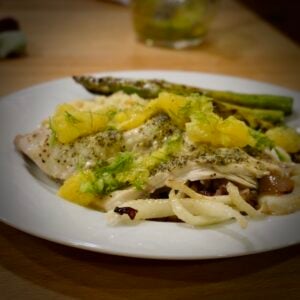


9 Responses
Love the video–your first! Very cool:) Seems like the best way to prepare is the simplest. Often the case. Too many times, people think that the more ingredients you can throw at it, the better. Rarely true, in my experience! 🙂
Thank you so much! I’ve never known how to clean them for cooking, and because of you – now I know. Great to not be afraid to do all this, and therefor be ready to cook up a lot this weekend.
I WOULD LIKE TO GRILL MY SOFTSHELLS.
made this a few days ago from soft shell crabs we got on Fresh Direct. Delicious! love how simple your recipe is…really brought out the fresh flavor of the crabs
Tried the recipe with some fresh soft shell crabs. Taste was great even though it was such a a simple
recipe. Can’t wait to make a batch of ’em again soon. Thanks.
I was raised in Baltimore and was taught to clean soft crabs by my father, who was raised near the Outer Banks of North Carolina. The problem I have with buying soft crabs in restaurants and pre-cleaned crabs is that most (if not all) fish mongers use scissors to cut off the face but neglect to pull out the sand bag that’s behind the eyes. Nothing’s worse than spending a lot of money in a restaurant for a nice soft crab dinner and getting a mouthful of sand. Yuck! Unfortunately I don’t buy them out anymore. I hate cleaning an already-cooked crab. You didn’t show that in your video and you should. Very important.
Thanks for sharing this information Marianne. I will look into it and try to redo the video.
I think it would be good to offer the option of squeezing out the “tamale” — that greenish yellow stuff inside the crab. You squeeze it out from the body through the opening where the eyes were cut off. I always remove it.
Good tip Claudette.